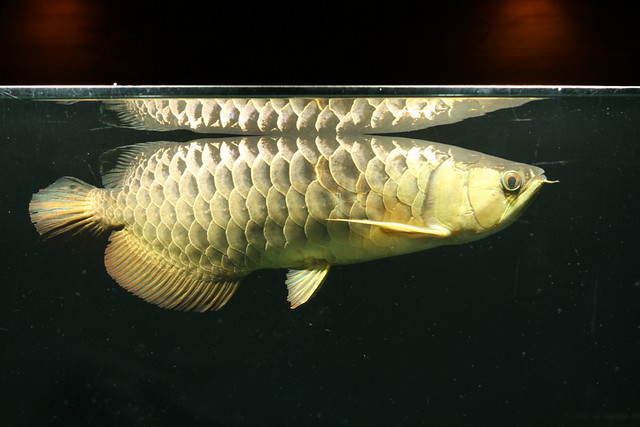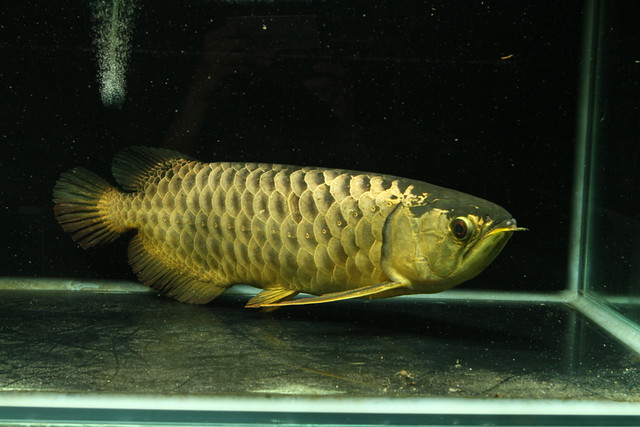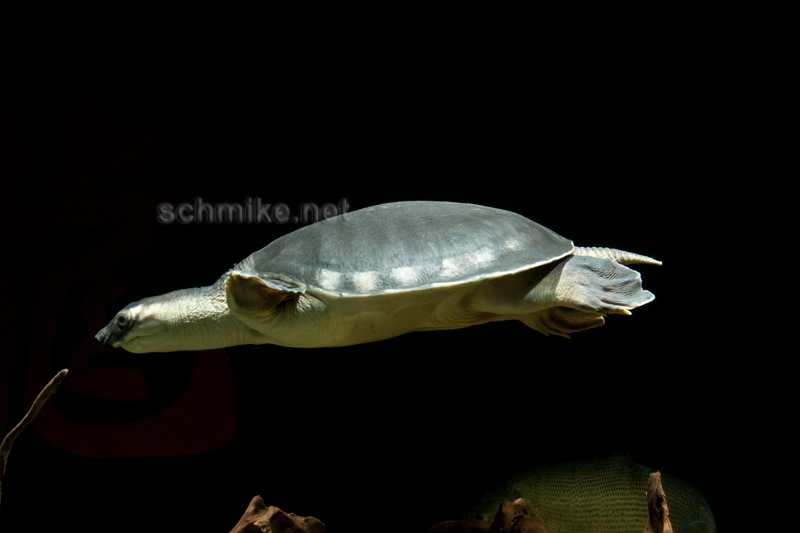Dear all,
I've just got my hands on a Canon 550D given to me by my sister. Previously was using a Pentax K90D from 3yrs ago and I must say, technology has improved so much since then.
Anyway, the 550D that i have comes with a kit lens 18-55. I'm looking to get 1 to 2 lenses for more shooting options.
Here's what i'll be taking alot of:
1) Fishes in aquarium. I have a few tanks and love to take photos of my fishes in them but i find the picture quality is not too good enough. Maybe skill not there yet or i might hv to get an external flash as it's generally quite hard to use flash on aquarium glass from the standard camera flash.
I heard some pple recommending to get a prime lense which takes great pictures in low light conditions. Any recommendations?
2) I like to be able to increase the zoom capabilities of my shots. Will be going S.Africa on Safaris in few months time so I would like to be able to take more close up shots of animals. Any recommendations of lenses that i could be looking at?
One thing i realised is some of the lenses can be alot of difference in price for canon just because of some additional specs like USM or there's an 'L' behind the lenses name. What do these mean? Are they necessary for me?
Budget, I'm ok to spend couple of hundred dollars per lense.
I would consider myself an amateur overall. Only recently returned to DSLR proper shooting again in recent weeks so i do know how to tweak settings like aperture, shutter speed, ISO etc. Just hoping to hv someone point me in the right direction.
Thx
I've just got my hands on a Canon 550D given to me by my sister. Previously was using a Pentax K90D from 3yrs ago and I must say, technology has improved so much since then.
Anyway, the 550D that i have comes with a kit lens 18-55. I'm looking to get 1 to 2 lenses for more shooting options.
Here's what i'll be taking alot of:
1) Fishes in aquarium. I have a few tanks and love to take photos of my fishes in them but i find the picture quality is not too good enough. Maybe skill not there yet or i might hv to get an external flash as it's generally quite hard to use flash on aquarium glass from the standard camera flash.
I heard some pple recommending to get a prime lense which takes great pictures in low light conditions. Any recommendations?
2) I like to be able to increase the zoom capabilities of my shots. Will be going S.Africa on Safaris in few months time so I would like to be able to take more close up shots of animals. Any recommendations of lenses that i could be looking at?
One thing i realised is some of the lenses can be alot of difference in price for canon just because of some additional specs like USM or there's an 'L' behind the lenses name. What do these mean? Are they necessary for me?
Budget, I'm ok to spend couple of hundred dollars per lense.
I would consider myself an amateur overall. Only recently returned to DSLR proper shooting again in recent weeks so i do know how to tweak settings like aperture, shutter speed, ISO etc. Just hoping to hv someone point me in the right direction.
Thx







